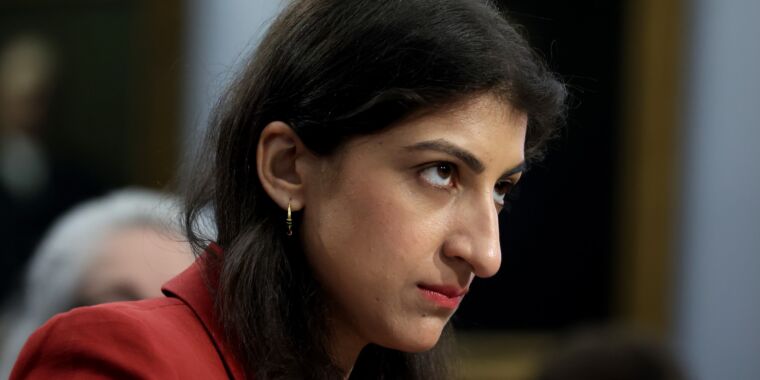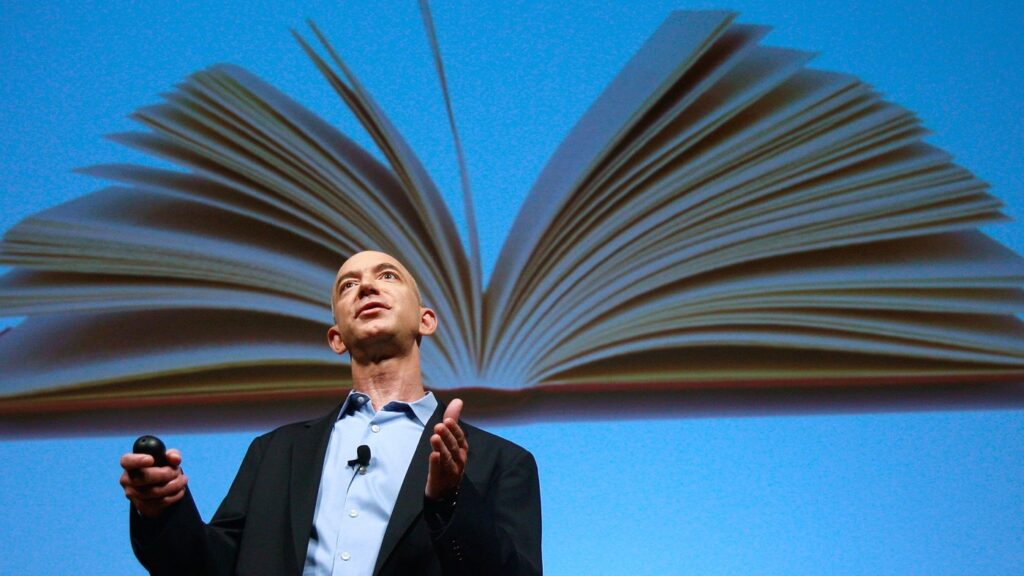Halfway through the year, and four years removed from the downturn caused by the coronavirus pandemic, the U.S. jobs engine is still cruising — even if it shows increasing signs of slowing.
Employers posted another solid month of hiring in June, the Labor Department reported Friday, adding 206,000 jobs in the 42nd straight month of job gains.
At the same time, the unemployment rate rose by a tenth of a point to 4.1 percent, up from 4 percent and surpassing 4 percent for the first time since November 2021.
The job gain was slightly larger than most analysts had forecast. But the totals for the previous two months were revised downwards and the rise in unemployment was unexpected. This has caused many economists and investors to go from full faith in the labor market to having some concern about it.
“These numbers are good numbers,” said Claudia Sahm, chief economist for New Century Advisors, cautioning against overly negative interpretations of the report.
But “the importance of the unemployment rate is that it can actually tell us a little bit about where we might be going,” she added, noting that the rate had been rising since hitting a half-century low in 3.4 percent at the beginning of last year.
Wage gains have also been moderate. Average hourly earnings rose 0.3 percent in June from the previous month and 3.9 percent from a year ago, compared with a 4.1 percent year-over-year change in May. But good news for workers, wage increases have outpaced inflation for about a year.
Market response to the report on Friday was muted, with stocks little changed. However, government bond yields fell, reflecting traders’ growing confidence that the Federal Reserve will begin cutting interest rates.
The key interest rate, close to zero in early 2022, has already been above 5 percent for more than a year in the Fed’s effort to keep inflation under control. The impact on lending across the economy has continued longer than many businesses — or households looking to buy a home or a car — had anticipated.
Most economists expect a further slowdown in job and wage growth until the Fed acts to ease lending conditions. There is growing evidence of a slowdown.
Layoffs are near record lows, but an indicator known as the employment rate — which tracks the number of people employed in a month as a share of total employment – has dropped significantly. This means that the relatively few people who lose their jobs generally have more difficulty finding new opportunities.
About three-quarters of the job gains in the June report came from health care, social assistance and government. Several other industries produced slight increases, and some, including manufacturing and retail, shed jobs overall.
Much of the government hiring is part of a long-awaited recovery by state and local governments, which have complained of understaffing and only recently recovered to their pre-pandemic employment peaks. And the aging of the American population has created persistently high demand for health care workers and other care jobs.
However, economists tend to feel more confident when most of the employment gains come from sectors that show more private sector momentum.
“Jobs are going down,” said Nick Bunker, a director of economic research at recruiting site Indeed.
This may partly explain why the ranks of the long-term unemployed – those unemployed for 27 weeks or more – are now above their 2017-19 average.
With inflation at 2.6 percent, not far off the Fed’s 2 percent target, some analysts are concerned that the central bank’s current stance could end up upending the labor market. Fed officials have signaled over the past month that they would respond to a suddenly weakening labor market by cutting rates, which are currently at a multi-decade high.
Policymakers at the Fed will meet later this month and again in September to set rate policy. Some investors and financial analysts reacting to June’s employment numbers said officials should not risk waiting too long.
“Conditions in the labor market are cooling,” said Neil Dutta, head of economic research at Renaissance Macro Research, a financial firm. “The tradeoffs for the Fed have changed. If they don’t cut this month, they need to send a strong signal that a cut is coming in September.”
As the financial world waits for the next move, American households have continued to spend at a healthy, if somewhat subdued, pace. Last month, the Transportation Security Administration screened a record number of travelers at airports. Recent corporate earnings reports suggested that consumers, while pickier than before, remained in good shape overall. Since the beginning of the year, the stock market has hit new highs, registering an impressive 17 percent return.
In many ways, the financial picture for American families is brighter than it was before the pandemic. At the end of 2019, American households held roughly $980 billion in “checkable deposits”—the sum of cash assets in checking, savings, and money market accounts. Now, the figure stands at more than $4 trillion.
While this wealth is concentrated towards the top overall, gains in wealth and income have been widespread. The net worth held by the bottom 50 percent of households, about $1.9 trillion on the eve of the pandemic, is now about $3.8 trillion. And for non-managerial workers – roughly eight in 10 people in the workforce – wage growth has been much stronger than the overall average.
For private businesses with fewer resources than large corporations, the economy of the past four years has sometimes presented a mixed roller coaster of challenges. That’s the case with brothers Mazen and Afif Baltagi, who own a number of hospitality businesses in the Houston area — an event space, a sports bar and several coffee shops — along with several investment partners.
The crowds are not as big as they were in 2021 and 2022, when people were having more euphoria. And “it’s not an easy business,” Mazen Baltagi said, especially as food, labor and construction costs have risen and largely remained high.
Still, from his perspective, “Texas is booming.”
In this interest-rate environment, “banks aren’t lending to restaurants right now,” he added, but he said he and his brother were working around that, making enough in sales — and from new equity partners. – to undertake future expansions.
This combination of adaptability and profitability among businesses is an example of the forces that helped the United States avoid the recession that many experts expected. But surveys of business leaders suggest many are waiting for the cost of credit to fall before plunging into new waves of hiring or capital investment.
The question now appears to be whether the Fed will cut interest rates in time to sustain the expansion. Additional consumer price data reports will be crucial as the summer begins.
Financial markets “just need the inflation data to cooperate,” said Samuel Rines, an economist and macro strategist at WisdomTree, an investment management firm. “Then, game on.”


